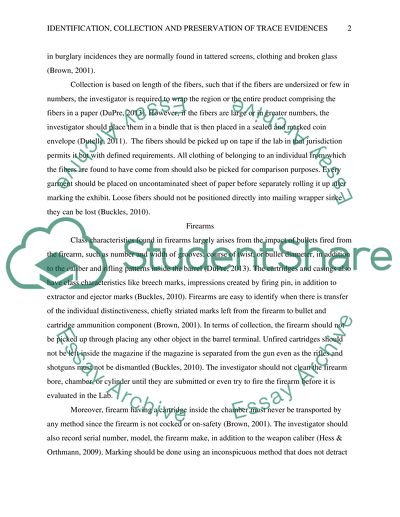Cite this document
(“Identification, Collection and Preservation of Trace Evidences Research Paper”, n.d.)
Identification, Collection and Preservation of Trace Evidences Research Paper. Retrieved from https://studentshare.org/law/1493724-identification-collection-and-preservation-of-trace-evidences
Identification, Collection and Preservation of Trace Evidences Research Paper. Retrieved from https://studentshare.org/law/1493724-identification-collection-and-preservation-of-trace-evidences
(Identification, Collection and Preservation of Trace Evidences Research Paper)
Identification, Collection and Preservation of Trace Evidences Research Paper. https://studentshare.org/law/1493724-identification-collection-and-preservation-of-trace-evidences.
Identification, Collection and Preservation of Trace Evidences Research Paper. https://studentshare.org/law/1493724-identification-collection-and-preservation-of-trace-evidences.
“Identification, Collection and Preservation of Trace Evidences Research Paper”, n.d. https://studentshare.org/law/1493724-identification-collection-and-preservation-of-trace-evidences.


